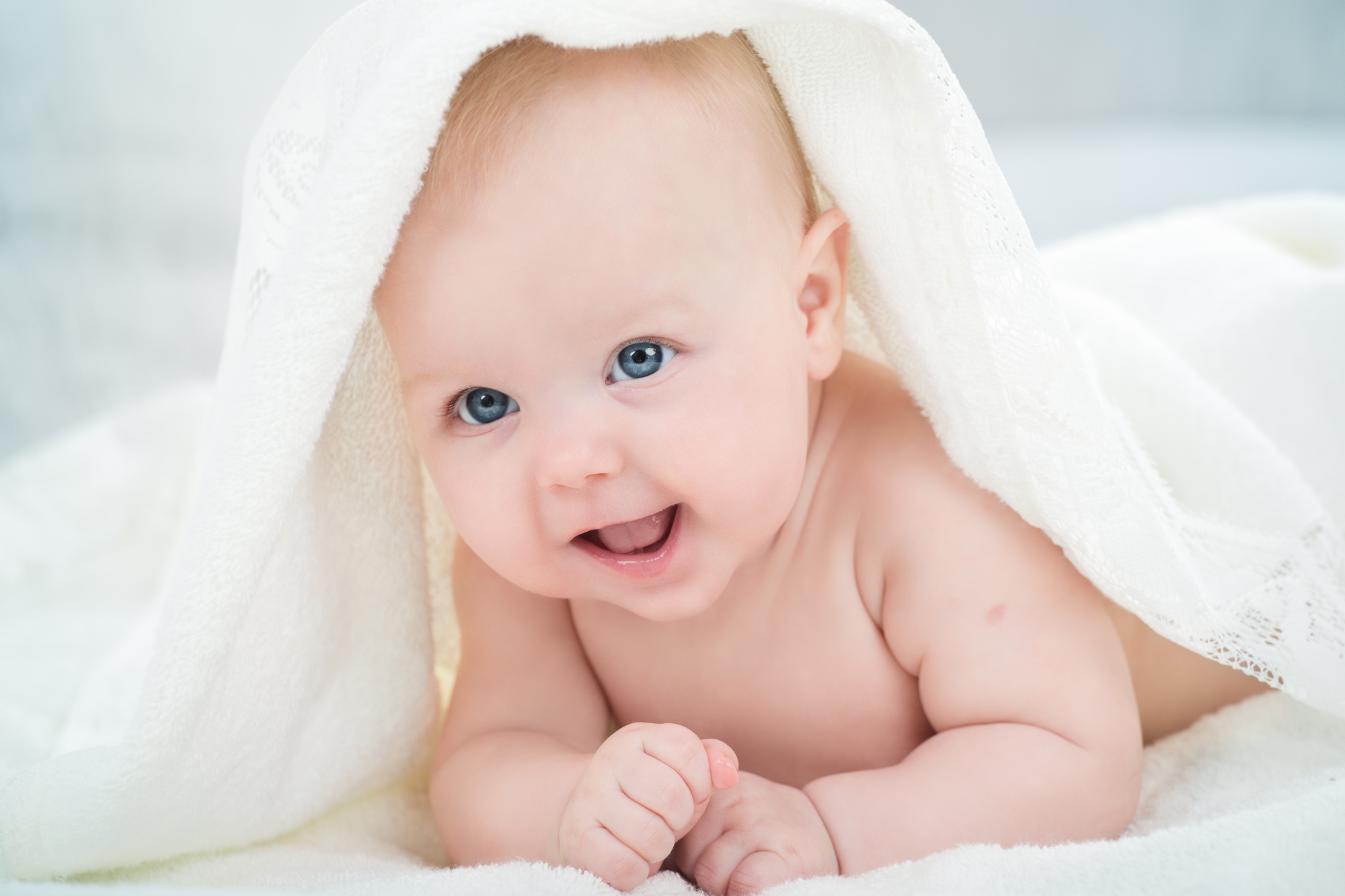The drop in temperature during the winter months is enough to make any parent declare it hibernation season for themselves and their baby. But there’s really no need. Here are some tips for keeping your baby safe and warm—but not too warm!—all winter long.
Keep indoor heat at this temperature.
While Red Nose does not recommend any specific room temperature for safe and comfortable baby sleep, I favour setting the thermostat between 20 to 22.2 degrees Celsius…and not any higher! While you naturally want to keep your little one cozy and warm during the winter, cranking the heat can dry out your baby’s delicate skin. Worse, it may cause your bub to overheat. Overheating not only makes children uncomfortable, it disturbs their sleep—and it can raise an infant’s risk of Sudden Infant Death Syndrome (SIDS), which is always higher during the winter.
Bundle babies this way.
Babies can’t regulate their core temperature as effectively as older children and adults. In fact, newborns lack the shiver reflex to increase their body heat in the cold and they’re pretty low on keep-warm body fat, too. That means, bundling babies properly is important! The best way to do that is to dress them in one more layer than you’re wearing (if your bub gets too warm, simply peel off a layer.) Start with a long-sleeve cotton bodysuit, then add soft pants, socks, and a jumper. If you’ve got a jacket on, your baby should have a jacket or snowsuit on, too—plus a blanket.
Finally, don’t forget a hat, mittens, and warm booties to keep hands and feet warm.
Take the jumper in the carrier.
If you’re using a baby carrier, your baby likely does not need a jumper under their jacket. (Keep the hat, mittens, and booties, though.) That’s because your body heat will provide just enough extra warmth to keep your little one toasty. Just make sure your bub’s face isn’t pressed against your chest or clothing. You want to ensure your little one’s airway is free.
Ditch the jacket when using a car seat.
Bulky winter coats and snowsuits should not be worn underneath the harness of a car seat. The force of a car crash will flatten the jacket’s padding, leaving too much space under the harness, endangering your baby. To keep your little one warm on a winter’s car ride, secure them into
their car seat, then place a blanket on the lower part of their body. Take the blanket off once the car warms up to avoid overheating.
Avoid hats during sleep.
Cotton or wool knit caps are essential for cold, outdoor activities…but are a big no-no for sleep. Babies control their body temperature mostly through their heads, which means they can quickly overheat if they sleep wearing hats or beanies. Plus, soft hats can come loose during sleep and become a choking or suffocation hazard.
Check the thermostat and baby.
Take your bub outside only for brief excursions if the outside temperature (or windchill) falls below freezing, or if nonfreezing temps are mixed with wind or rain. When it’s okay to be out-and-about with your well-bundled bub for longer, keep a keen eye on them for any signs of discomfort. For instance, if your baby’s skin is cold to the touch or if they’re fussy and teary-eyed, they likely need more bundling—or need to go indoors. If your baby’s face is red, if their skin is warm, and they’re fussy, your bub is likely too hot.
Use blankets safely.
While you may love snuggling up with a cozy blanket on chilly evenings, babies under 1 year old should never sleep with loose blankets. Instead, swaddle babies (who are not yet rolling) or use a baby sleeping bag with armholes or sleeves to keep them warm during sleep. I recommend keeping your baby in a sleeping bag well after their first birthday. While it’s true that their risk of SIDS plummets after one year, bunched blankets can be climbed on, making a cot escape a breeze! And it usually takes a child until around 3 or 4 years old to keep their covers on, anyway.









